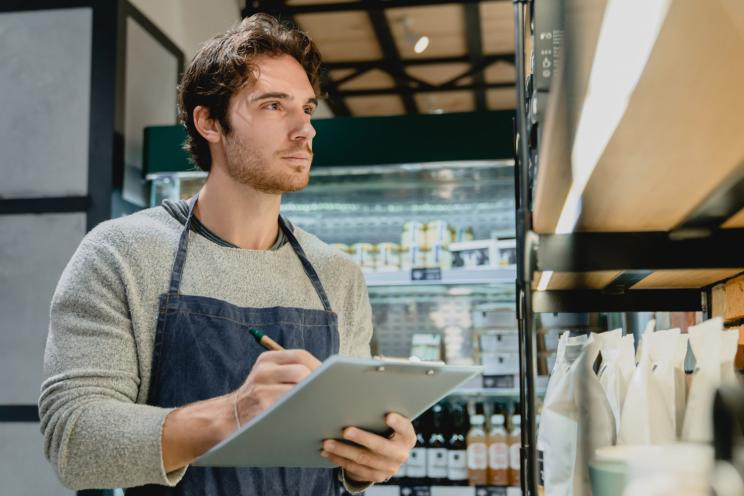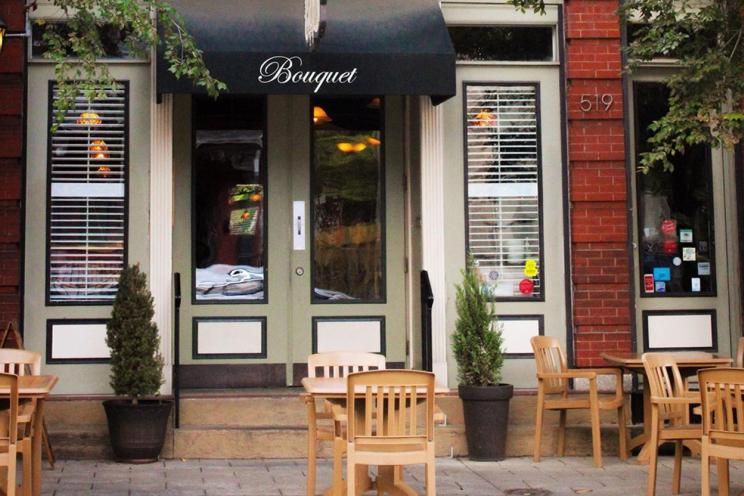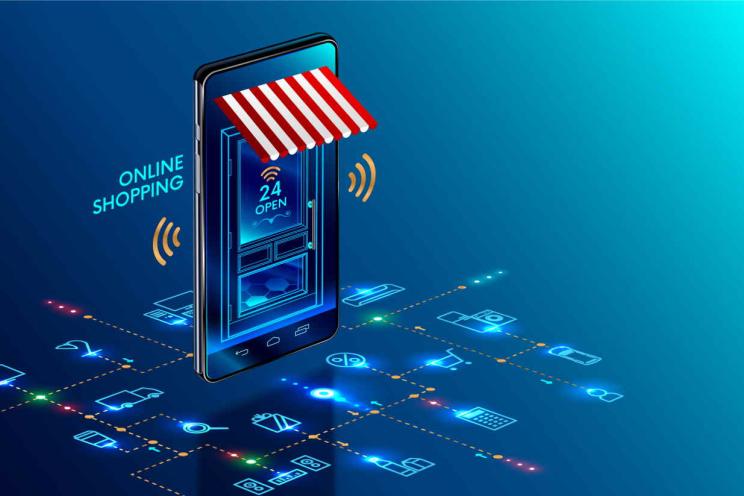
The Impact of Virtual Restaurants on the Gig Economy
Virtual restaurants, also known as ghost kitchens or cloud kitchens, have impacted the food industry by operating without traditional dine-in facilities.
Virtual restaurants have offered you as a customer the convenience of enjoying your favorite meals from anywhere you choose and at the same time saving you as a restaurateur different operational costs such as rental and certain utilities.
This innovative model has transformed how we experience dining and significantly impacted the gig economy.
Virtual restaurants are reshaping the gig economy, especially the roles of delivery drivers, kitchen staff, and other gig workers.
Understanding the Gig Economy
The gig economy refers to a labor market characterized by the prevalence of short-term contracts or freelance work as opposed to permanent jobs. Gig workers include freelancers, independent contractors, project-based workers, and part-time hires. The gig economy is fueled by the need for flexible work arrangements and is facilitated by digital platforms that connect workers with job opportunities.
How do virtual restaurants impact the Gig economy?
The Role of Delivery Drivers
With an expected annual growth rate of 4% in restaurant delivery, delivery drivers are at the heart of the virtual restaurant ecosystem. With no physical storefronts, virtual restaurants rely heavily on food delivery platforms such as Uber Eats, DoorDash, and Grubhub to reach customers. This dependency has created a surge in demand for delivery drivers.
Impact on Drivers:
- Increased Opportunities: The rise of virtual restaurants has provided more job opportunities for delivery drivers. According to a report by Pew Research, 16% of Americans have earned money through online gig platforms, with food delivery being one of the most popular categories.
- Flexibility: Many drivers appreciate the flexibility of gig work, allowing them to choose when and where to work.
- Challenges: However, this flexibility comes with challenges, including inconsistent income, lack of benefits, and the pressure to meet delivery timelines, often leading to high-stress levels.
The Role of Kitchen Staff
Unlike traditional restaurants, virtual restaurants often operate out of shared kitchen spaces known as ghost kitchens. These facilities employ kitchen staff essential to preparing the meals ordered online.
Impact on Kitchen Staff:
- Job Creation: The growth of virtual restaurants has led to more job opportunities for chefs, cooks, and kitchen assistants. The National Restaurant Association reported that virtual and ghost kitchens are among the fastest-growing segments in the food service industry.
- Skills Utilization: Kitchen staff in ghost kitchens can focus on cooking without the distractions of front-of-house duties.
- Work Environment: However, working in a high-volume, fast-paced environment can be demanding and requires efficient coordination.
Other Gig Workers
Beyond delivery drivers and kitchen staff, virtual restaurants have also created opportunities for other gig roles, such as marketing specialists, customer service representatives, and tech support.
Impact on Other Gig Workers:
- Variety of Roles: Virtual restaurants need various services to thrive, from digital marketing to tech maintenance, offering diverse gig opportunities.
- Remote Work: Many of these roles can be performed remotely, providing flexibility and reducing the need for physical presence.
The Role of POS Software
Point of Sale (POS) software plays a crucial role in the efficiency and success of virtual restaurants. This technology helps streamline operations by managing orders, inventory, and customer data. Advanced POS systems can integrate with delivery platforms, providing seamless order processing and real-time tracking.
Benefits of POS Software:
- Order Management: POS software helps virtual restaurants manage incoming orders from various platforms efficiently.
- Inventory Tracking: Automated inventory management ensures that ingredients are always stocked, reducing waste and optimizing costs.
- Customer Insights: POS systems collect valuable data on customer preferences and purchasing patterns with the CRM feature, enabling targeted marketing and improved customer service.
POS software is indispensable for virtual restaurants. It not only simplifies order processing but also provides critical data that helps businesses make informed decisions. Integration with delivery platforms ensures smooth operations and enhances customer satisfaction.
Balancing the Benefits and Challenges
While virtual restaurants have significantly boosted the gig economy by creating more job opportunities and providing flexibility, they also present challenges. Gig workers often face issues like job insecurity, lack of benefits, and work-related stress. Addressing these challenges is crucial to ensuring a sustainable and equitable gig economy.
The rise of virtual restaurants has undoubtedly transformed the gig economy, offering numerous opportunities and redefining traditional job roles. As this trend continues to grow, it is essential for stakeholders, including food delivery platforms, ghost kitchen operators, and policymakers, to collaborate and create a supportive environment that addresses the needs and concerns of gig workers.
By doing so, we can harness the full potential of virtual restaurants while fostering a fair and thriving gig economy.





